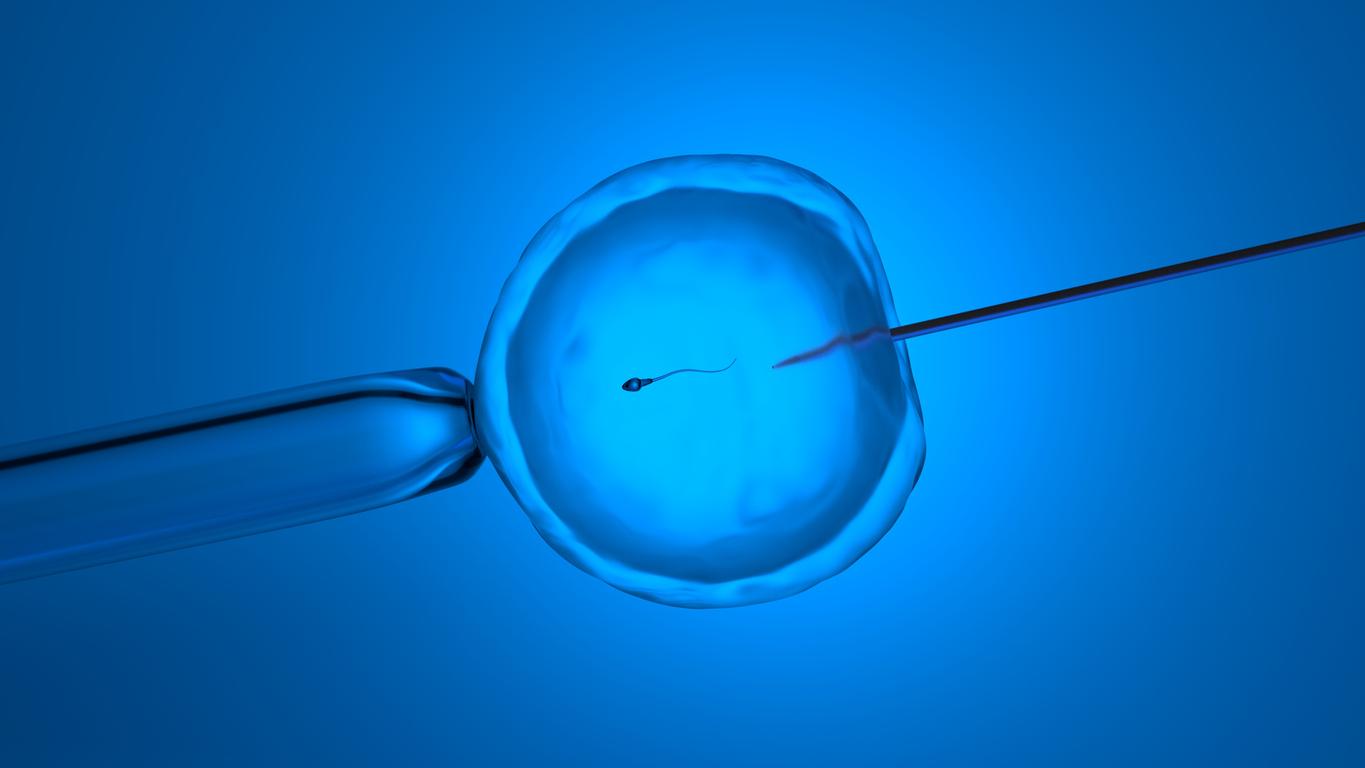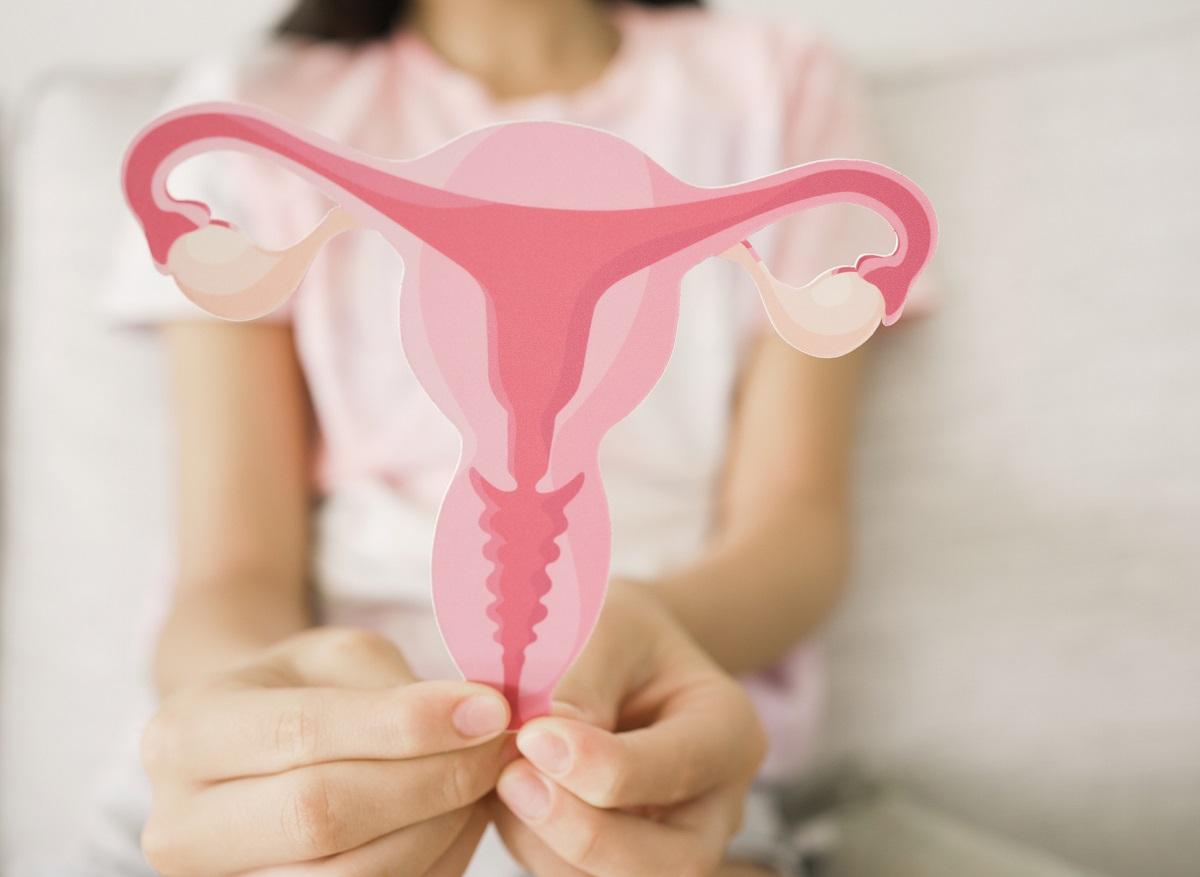A baby is two. And an infertility checkup too. “I have just seen a couple recently, whose wife had done a plethora of examinations while the spouse had not even had the slightest spermogram”, deplores Dr. Marc Even, surgeon-gynecologist and obstetrician at the Foch hospital. (Suresne).
Fortunately, these situations, common 20 or 30 years ago, are increasingly rare. The interrogation covers multiple topics on health, lifestyle, couple relationships, sex life, current treatments…
For her and him: “interrogation”, an essential step
Dr. Claudia Righini, gynecologist-obstetrician, is convinced: the first stage – crucial – of an assessment, it is the interrogation. This casual discussion, which covers multiple topics on both partners, says a lot about the possible causes of infertility… The questioning also makes it possible to suspect certain probable factors of infertility: endometriosis, PCOS, family history of menopause early…
Same thing in men, where Marc Even speaks of an “almost police” interrogation to identify signs of male infertility: surgery for testicular ectopia in childhood, pain on ejaculation, repeated urinary infections. .. From there, a series of exams will be scheduled. In 10 to 15% of cases, all parameters return to normal in both men and women. But most of the time, they highlight anomalies that medicine will try to compensate or circumvent.
For him: the spermogram above all else…
The spermogram is the easiest examination to perform. It allows to know the sperm reserve, namely: the number, the shape and the mobility of the spermatozoa. “Be careful how you announce the results, warns Dr. Even. When you tell a man that his sperm has 30% of typical forms, he will imagine that he is deficient when in fact, 30% is a normal number.” If the spermogram reveals an alteration of the sperm reserve, other examinations will be scheduled.
- The testicle in transparency. A testicular ultrasound will analyze the testicles and the various channels that cross it. Thus, if the vas deferens or the epididymis are blocked, sperm are blocked along the way! Impossible to pass! Sometimes, the ultrasound shows a varicocele, a dilation of the veins responsible for a “heating” of the testicle. The treatment of varicoceles can be enough to correct certain infertilities.
- A karyotype. In second intention, the doctor proposes a karyotype, that is to say the search for the chromosomes of the man. Further analysis of the composition of seminal fluid or sperm DNA (fragmentation), bacteriological examination of sperm, hormonal balance can identify other possible causes of infertility.
- We’re testing ejaculation. Some men have retrograde ejaculation: their semen is pushed back into the bladder during ejaculation. This anomaly is diagnosed by collecting urine after ejaculation.
For her: we check that the fallopian tubes are permeable
For fertilization to take place, the sperm must be able to ascend to the oocyte in the fallopian tubes. Several exams are offered:
- I’hysterosalpingographyhas long been the gold standard. The injection of a contrast product into the uterus, via a probe, makes the uterus and the fallopian tubes visible on the x-ray. The examination is reputed to be a little painful. It is also radiant.
- The HyFoSyof recent appearance, is an ultrasound of the uterus and fallopian tubes carried out after injection of a kind of foam, explains Dr. Righini, gynecologist-obstetrician at the center for medical assistance in procreation at the Clinique de la Muette.
- We inspect the uterus. With a 3 mm diameter camera, slipped by the natural ways, the doctor views the interior of the cavity, in search of polyps, fibroids, malformation (partition, joining of the walls…). An endometrial biopsy may be performed during the examination to check for ‘endometritis’ (inflammation of the lining of the uterus). 10 to 15% of women of childbearing age are affected by endometriosis, a disease that affects fertility.
- The “ovarian reserve” is evaluated. It is calculated by combining a radiological examination (a “follicular count” ultrasound) and a biological assessment which measures, between the and 4th day of the cycle, various hormones. Other assessments and examinations may be recommended to explore fertility further: karyotype, search for thyroid disorders, autoimmunity assessment, etc.
What is ovarian reserve?
A woman can be young, dynamic, look like a model and… aging ovaries. The “discovery” of the ovarian reserve most often occurs at the bend of an ART course. The patient arrives for consultation and the ax falls: “your ovarian reserve is abnormally low…”
In practice, while men constantly produce spermatozoa, each of us is born with a stock of follicles which will decrease over the course of life. Some have been generously provided for and will be menopausal at 55 or 60… Others have little… This is part of the injustices of nature. On the other hand, the hygiene of life is fundamental to best preserve our stock. Gynecological diseases such as endometriosis alter the ovarian reserve. Likewise, certain genetic conditions lead to its rapid collapse.
Our Experts:
- Dr Marc Even, surgeon-gynecologist and obstetrician at the Foch hospital in Suresnes, co-founder of the Pointgyn centers (multidisciplinary centers dedicated to women’s health)
- Dr. Claudia Righini, gynecologist-obstetrician at the medically assisted procreation (AMP) center of the La Muette clinic, in Paris, and the Béclère hospital, in Clamart
Read also :
- Fertility: gynecologist’s advice for having a baby
- Infertility: more than 150,000 women treated each year
- Baby Project: 6 Micronutrients That Boost Sperm


















